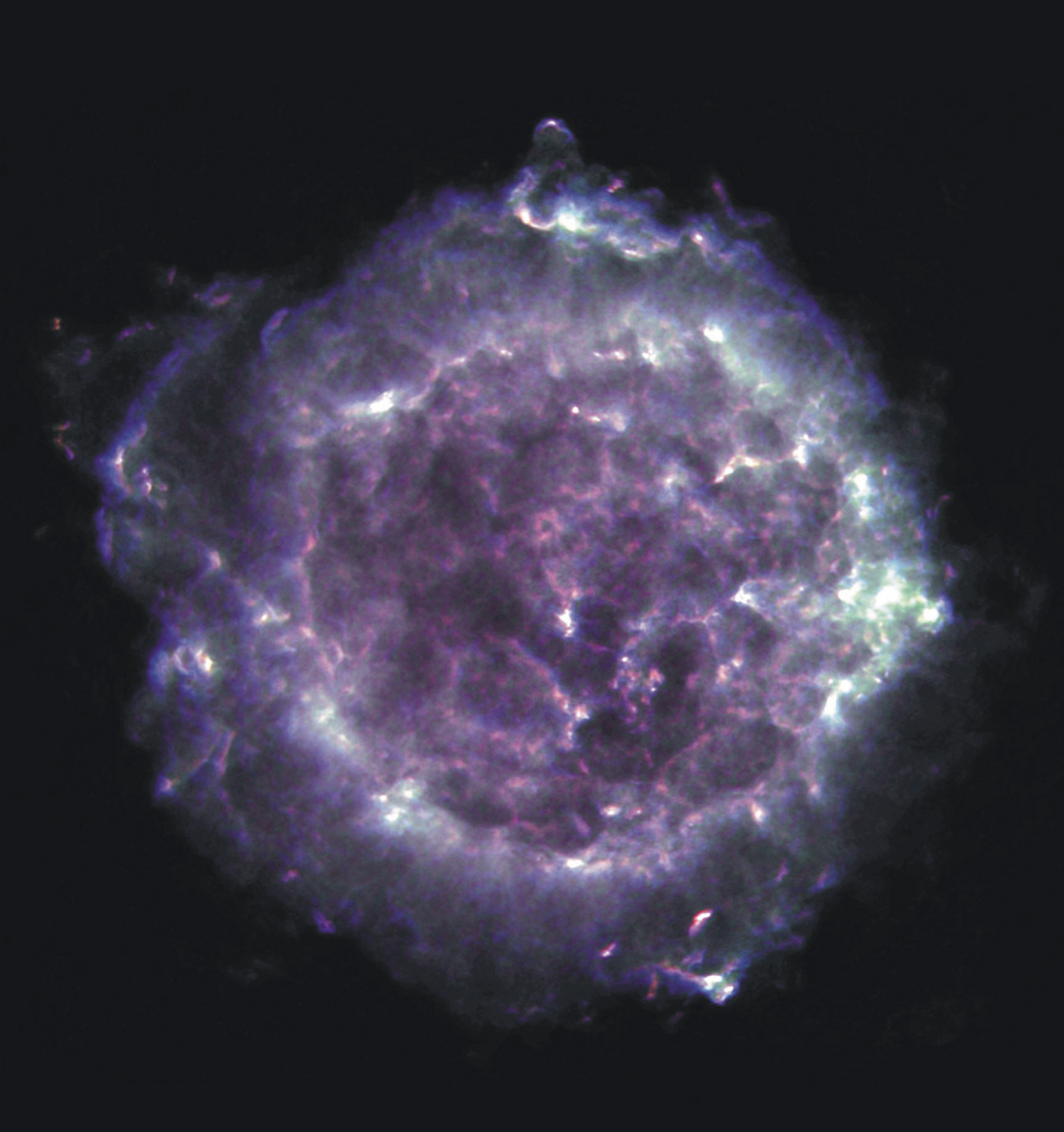When Does a Neutron Star or Black Hole Form After a Supernova?

Question:
In a supernova, is the remnant neutron star/ black hole there immediately on the explosion or does it take time?
Answer:
A neutron star that is left-over after a supernova is actually a remnant of the massive star which went supernova. Black Hole formation during the collapse of massive stars which precedes a supernova can proceed in a couple of different ways. If the star is massive enough it can collapse directly to form a black hole without a supernova explosion in less than half a second. A black hole can also form via the collapse of a neutron star into a black hole if the neutron star accretes so much material from a nearby companion star, or merges with the companion star that it gets pushed over the neutron star mass limit and collapses to become a black hole. This process could take a long time, maybe a million years or more depending on how quickly it accretes the material. Once the neutron star is over the mass limit, which is at a mass of about 3 solar masses, the collapse to a black hole occurs in less than a second.





